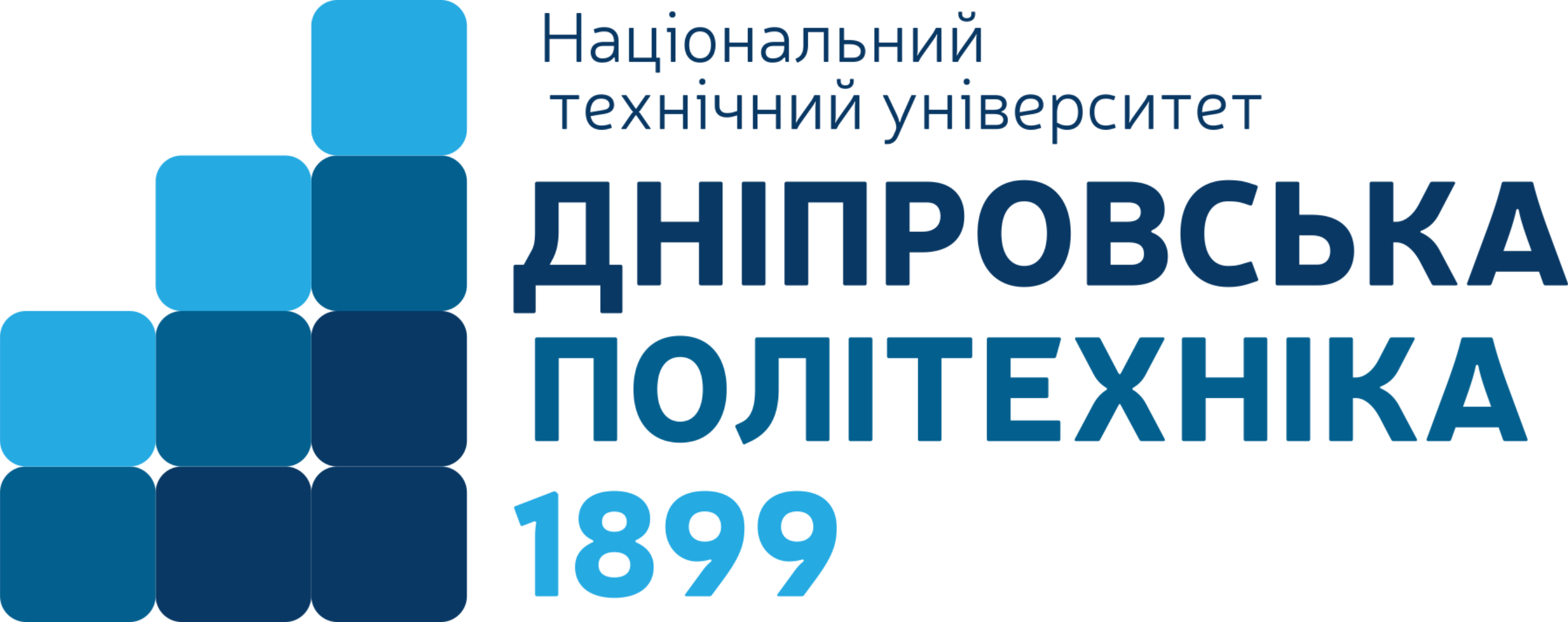STATUS OF A WOMAN IN THE ANCIENT WORLD AND THE MIDDLE AGES: THEORETICAL AND LEGAL ASPECT
DOI:
https://doi.org/10.32782/LST/2021-3-1Keywords:
Ancient World, Middle Ages, Status of Women, Sex Discrimination, Gender Equality.Abstract
Purpose of work. To analyze the theoretical and legal aspect of the status of women of the ancient world and the Middle Ages from the modern position of gender equality. Methodology. During the study, the systematic approach examines the status of women, taking into account geographical, historical, political, social, economic and other factors, makes it possible to find out the causes and consequences of gender inequality. The formal-legal method was used for the legal assessment of the customary regulation of the implementation of the granted/limited rights and freedoms by women. The historical-legal method made it possible to carry out scientific knowledge from the present to the past, which leads to its retrospective nature. With the help of the comparative-legal method the evolution of norms regulating the status of women from the times of the ancient world and the Middle Ages to the present day is analyzed; and the legal institute of the status of women at a certain stage of development of social relations. Scientific novelty. Based on the analysis of scientific materials it can be argued that the predominantly humiliating social and political position of women in the ancient world and the Middle Ages, was due to the socioeconomic, political, and religious situation of Europe at that time. The ancient tradition distinguished woman as a person of inferior nature and imperfect mental faculties. Christianity somewhat altered the position of women by granting them the status of citizens within the religious community. The medieval woman was limited in her rights in the religious, political, social, economic, and judicial spheres. Most of all, the freedom and legal protection of women from the upper classes was manifested. Thus, women's freedom in social relations related to the existential notions of the society of that time. The position of women changed dramatically with free access to education and professional activities, provided women with freedom as well as financial independence. Moreover, it can be argued that the development of women's self-understanding, reinforced by the theological provisions of women's nature, represented not only a significant contribution to her recognition, but also to the protection of her rights. Conclusions. Analyzing certain historical processes of the ancient world and the Middle Ages we can conclude that in all spheres of life and life women occupied a predominantly "oppressed" position, which resulted in the manifestation of discriminatory actions. The latter is confirmed in the form of restrictions on women's legal rights in the ancient world and the Middle Ages, as well as restrictions on guarantees of their realization.
References
Вовк В.М. «Жіноче питання» у римському праві. Науковий вісник Львівського державного університету внутрішніх справ. 2008. № 3. С. 1–9.
Малютіна І.П. Категорія «жінка» у публічному і приватному праві Стародавнього Риму. Юридична наука. 2013. № 3. С. 28–34.
Соболь О. Суспільно-політичне становище жінки в епоху Європейського Середньовіччя. Вісник Львівського університету. Серія «Філософські науки». 2012. Вип. 15. С. 112–119.
Борисова В.І., Баранова Л.М. Основи римського права : підручник. Харків : Право, 2008. 226 с.
Калюжний Р.А., Вовк В.М. Римське приватне право : підручник. Київ : Леся, 2014. 240 с.
Гуревич Д. Повседневная жизнь женщины в Древнем Риме. Москва : Молодая гвардия, 2006. 259 с.
Женщина в древнем мире / пер. с нем. М.С. Харитонова ; послесл. А.А. Вигасина. Москва : Главная редакция восточной литературы, 1990. 335 с.
Кравець В. Проблеми міжстатевих та шлюбно-сімейних стосунків у античній Греції. Україна – Європа – Світ». Серія «Історія, міжнародні відносини». 2013. Вип. 12. С. 78–88.
Bernard А. Guerre et Violence dans la Grece Antique. Histoires. Hachette Litteratures, 1999. 452 p.
Бикадирова Т. Жінка від античності до сучасності. URL: https://news.informer.od.ua/zhinka_u_ riznyh_epohah (дата звернення: 02.07.2021).
Свенціцька І. Жінка в ранньому християнстві. Жінка в стародавньому світі. Москва : Наука, 1995, 275 с.
Рябова Т.Б. Женщина в истории западноевропейского Средневековья. Иваново : Юнона, 1990. С. 178 URL: http://cens.ivanovo.ac.ru/publications/riabova_tb_w omen_in_medieaval_ times.pdf (дата звернення 03.07.2021).
Петренко І. Жінки в історії України. Київ : АГРАФ ГРУП, 2014. 24 с. URL: https://ua.boell.org/sites/ default/files/interior.pdf (дата звернення: 03.07.2021).
Кісь О. Українські жінки у горнилі модернізації / Інститут народознавства НАН України. 2016. 304 с.
Черняхівська В.В. Історичний досвід становлення української моделі гендерного паритету. Державне управління: удосконалення та розвиток. 2016. № 10. URL: www.dy.nayka.com.ua.








